
Sustainability in fashion is no longer a passing trend but an urgent necessity and, within this movement, the use of recycled yarn is making a significant difference. Industry-leading brands are not only adopting greener practices, they are redefining luxury and environmental responsibility through their collections. Below, we explore how some of the most influential brands are incorporating recycled yarn into their products, leading the shift towards a more sustainable future. PATAGONIA:... Read more

The fashion industry is at a turning point, where sustainability is no longer just an added value, but a necessity. In this context, recycled yarn emerges as a key solution to address some of the most pressing environmental issues. With innovation and new technologies, the possibilities for the use of recycled yarn are expanding, pointing to a promising future that could revolutionise fashion and other industrial sectors. TECHNOLOGICAL INNOVATION IN THE PRODUCTION OF RECYCLED YARN Advances... Read more

From Hilaturas Jesús Rubio S.A., we would like to share our gratitude and enthusiasm after hosting the recent general assembly of the European Textile Collectivities Association (ACTE), held in Igualada. It was a real honour to receive in our facilities representatives from Macedonia, Portugal, Italy and Sweden. WHAT IS THE European Textile Collectivities Association (ACTE)? The European Textile Collectivities Association (ACTE) is an umbrella organisation for various public and... Read more
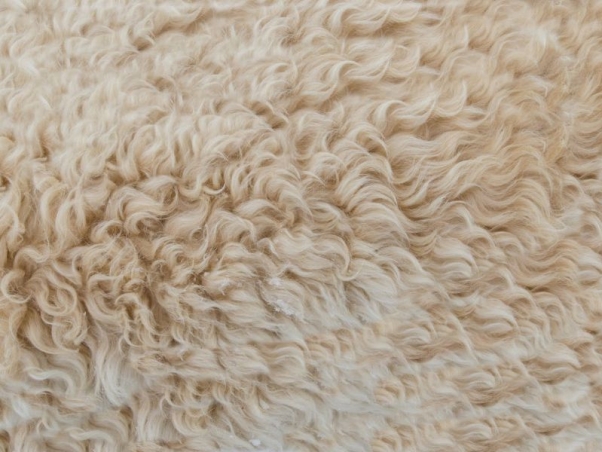
Both materials are very often confused despite the fact that they have several distinctive features, which is why it is important to know what the key differences between wool and hair are to understand the processes involved in their use within the textile industry. The main difference between wool and hair is the texture of the material, since hair maintains a smooth consistency and is softer to the touch while wool is a curly material. Even at a biological level, the differences between... Read more

In the fashion industry , the use of man-made textile fibres has spread rapidly, mainly because they offer an alternative that is a little more affordable and has valuable properties for clothing. But what do we mean by artificial textile fibres, and is it the same as synthetic fibres? No, they are not the same, although many people confuse them! Often, various doubts and misunderstandings arise as to how to refer to this material. But it is a type of combination between synthetic fibres... Read more
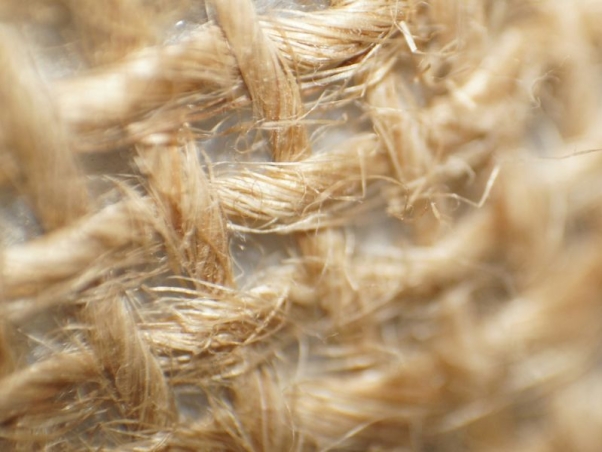
The quest to create sustainable clothing more easily in order to get new brands on board has picked up pace. And in this context, natural plant-based textile fibres are proving to be a great alternative. The move away from synthetic fibres derived from petroleum is a move that seeks to encourage environmentally conscious practices in the sector. However, some considerable challenges have arisen in the process. It must be understood that natural plant fibres are extracted through the... Read more
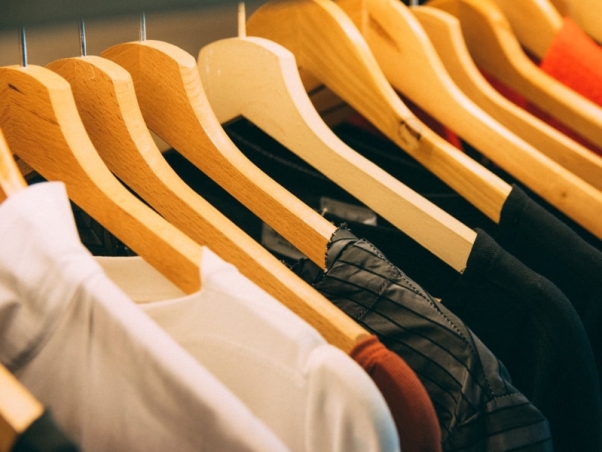
Life cycle analysis is a design methodology focused on the evaluation of the environmental impact generated by a product or service in each of its phases of existence. This environmental analysis assesses aspects such as extraction, production, distribution and even use with respect to a product or service. And one of the issues that has become more relevant in recent years is the prospect of reuse or recycling of that element. This research is not based on a subjective assessment, but... Read more
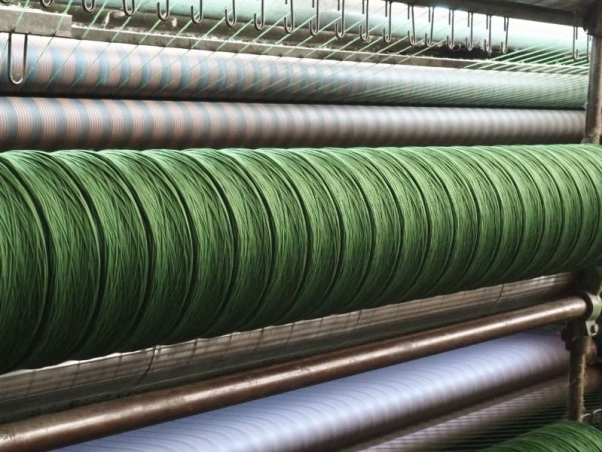
Considering that the textile industry is one of the most polluting sectors in the world, the comparison between the use of regenerated yarns vs. traditional yarns is becoming more and more necessary. At first glance, there are two competitive aspects that allow to focus on one or the other alternative, because for sustainable fashion purposes, regenerated yarns are much more successful. But for the reduction of production costs and the acceleration of production, the use of traditional... Read more
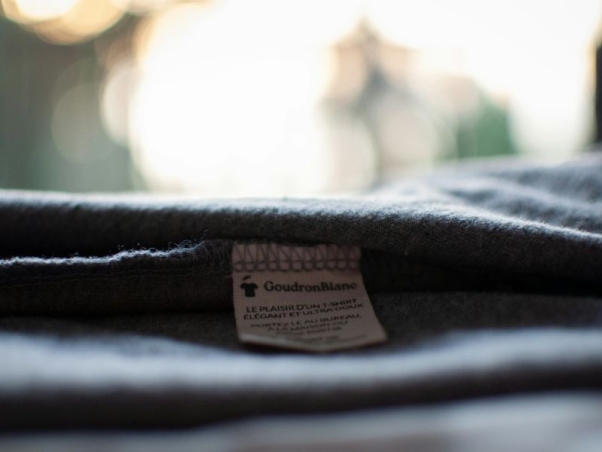
Learning how to read clothing labels is a fundamental step towards extending the useful life of your garments. In the midst of the textile industry's struggle to consolidate less polluting production measures, it is essential to know the characteristics of the clothes we buy. It is not only a question of opting for the best natural materials to reduce the polluting effects, but also of strengthening consumer habits. So knowing what the labels on clothes mean helps to keep them in the same... Read more

